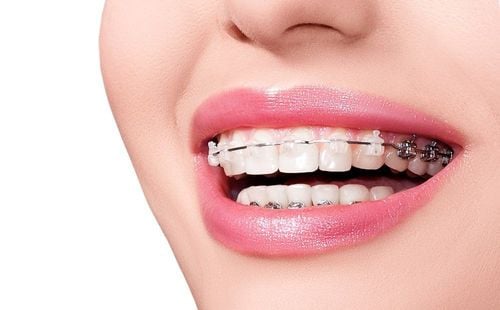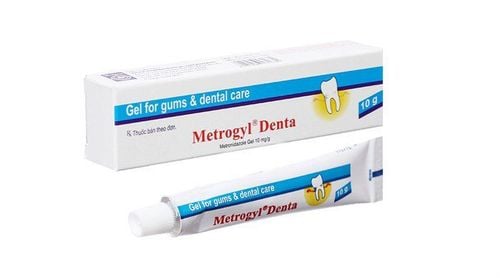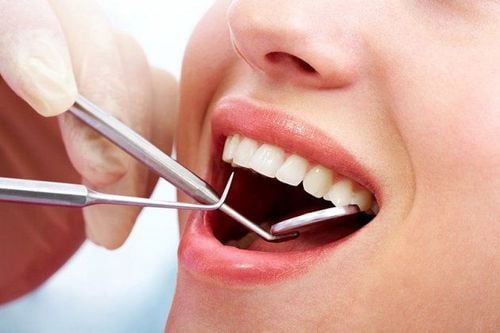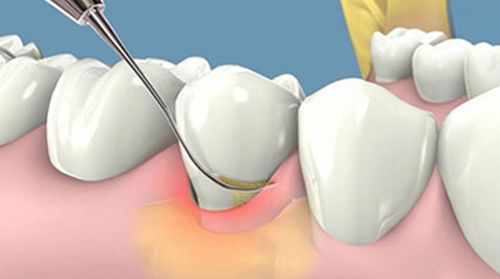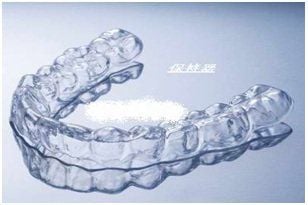This is an automatically translated article.
The article was professionally consulted by Specialist Doctor I Nguyen Trung Hau - Doctor of Odonto-Stomatology - Department of Medical Examination & Internal Medicine - Vinmec Da Nang International General Hospital.Jaw bone loss is a dangerous dental disease, occurring after tooth loss, expressed in the state of the bone in the root of the tooth disappearing. If not treated promptly, jaw bone loss can cause malocclusion, mouth distortion which is very unsightly and affects the patient's chewing function.
1. What is jaw bone resorption?
Jaw bone loss is also known as alveolar bone resorption, including cases of bone loss in the upper teeth and bone in the lower teeth. This condition occurs when the density and quality of the jaw bone is reduced due to many reasons, causing the gums to shrink, the face to be distorted, aging, sagging and greatly affecting the bite.Causes of jaw bone loss mainly come from tooth loss and periodontitis.
The phenomenon of tooth loss: when a tooth is lost, the jawbone will have a space at the root of the tooth, there is no longer the chewing force acting on the jaw bone, leading to the bone resorption process. Normally, after about 3 months of tooth loss, jaw bone density will slowly decline. During the first 12 months, 25% of the jawbone at the site of the missing tooth will disappear. After about 3 years, the jaw bone will disappear to 45 - 60%; Periodontitis: inflamed gums cause receding gums, open roots; This leads to the gradual destruction of the bones and ligaments surrounding the teeth, leaving the teeth with no support.
2. Types of jaw bone loss when teeth are lost
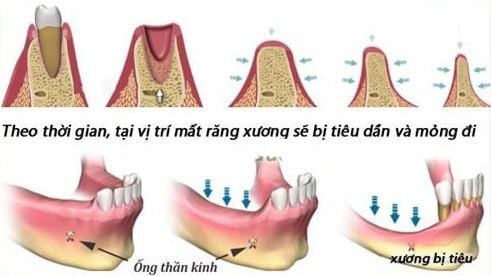
Quá trình tiêu xương hàm sau khi mất răng
Horizontal jaw bone loss: the width of the jaw bone at the position of the tooth loss will narrow, the adjacent bone area will expand and invade the space of the bone that has just been resorbed. , causing the adjacent teeth to tilt and shift, causing aesthetic loss and loss of confidence when communicating; Longitudinal bone resorption: the jawbone below the gum line is sunken down, deeper than the adjacent jawbone. Over time, the gum area at the bone resorption site also shrinks; Bone loss in the sinus area: when teeth are lost in the upper jaw, the sinus peaks will overflow, the width of the sinuses will gradually increase over time if you do not install dentures to replace the real roots; Bone loss of the whole face: occurs in cases where many teeth are lost in both the upper and lower jaw. The symptoms of bone loss when losing many teeth are easy to detect because the patient's face has obvious changes: the mouth is sunken, there are many wrinkles; Lowering the jawbone when losing many teeth: if the condition of jaw bone loss is not overcome in time, over time the jaw bone will gradually disappear to the neural tubes located deep below, making it difficult to restore bone. jaw when restoring dentures by the method of dental implants.
3. What are the effects of jaw bone loss?
Because jawbone resorption does not occur immediately after tooth loss and often has no early symptoms, many people underestimate how dangerous this condition can be. In fact, jaw bone loss causes many consequences such as:On health: the jaw bone is destroyed, causing the width and height of the bone wall to be significantly reduced, unable to support the gums, causing receding gums, thinning of the gums. This creates an opportunity for bacteria to grow more, causing headaches and deterioration of the patient's health; Aesthetically: the phenomenon of jaw bone loss can lead to a shorter lower jaw bone. When the jaw bone is lost to 60%, it will cause the ligaments and muscles of the face to sink in, the signs of aging on the face are more obvious. As a result, the patient's face will shrink and look old; Regarding chewing function: the state of bone resorption causes the jaw bone to drop low, the teeth tend to fall into the gap, causing the teeth adjacent to the missing teeth to be displaced, with a high risk of looseness and breakage. . At the same time, jaw bone loss also leads to misalignment of the bite, making it difficult for patients to eat and chew; Obstruction of treatment: after tooth loss, if treatment is delayed, the jaw bone will disappear more and more. The decrease in the proportion and quality of bone makes it more difficult to restore teeth with the Implant method because the Implant post is difficult to stand in a poor bone environment. At this time, if you want to implant Implant, the patient is forced to have a bone graft and the treatment cost is greatly increased.
4. Dental Implant - a method to prevent the risk of jaw bone loss
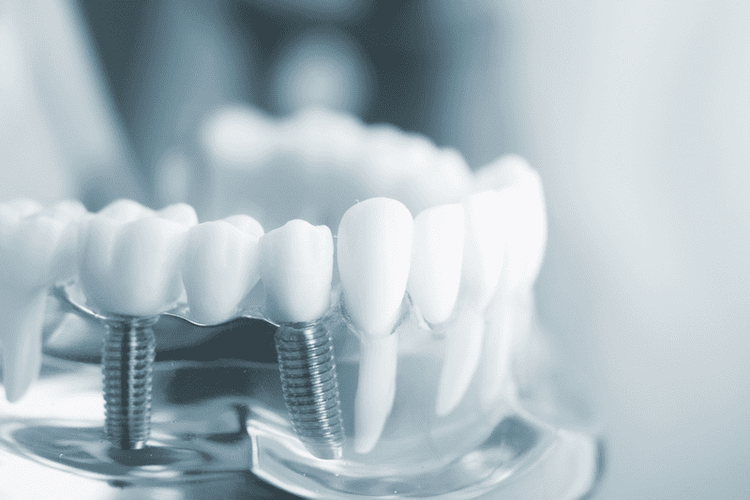
Trồng răng Implant – phương pháp ngăn chặn nguy cơ tiêu xương hàm
When carrying out Implant, the doctor will implant the Titanium pillar inside the jaw bone and then attach the Abutment joint and the porcelain crown on top, helping to restore a denture with the same structure as real teeth. Dental Implant will replace the lost real tooth root, maintain chewing pressure on the jawbone, prevent bone loss, tooth eruption, periodontitis and other consequences caused by tooth loss.
Vinmec Times City International General Hospital is providing Dental Implant Packages for customers who have lost teeth and lost jaw bone. Regardless of age, gender or time of tooth loss, customers only need to be healthy enough to perform Implant. In case of long-term tooth loss, the jawbone area has had bone loss, receding gums, the doctor will appoint a dental implant after the jaw bone graft to have the best treatment effect.
Please dial HOTLINE for more information or register for an appointment HERE. Download MyVinmec app to make appointments faster and to manage your bookings easily.




